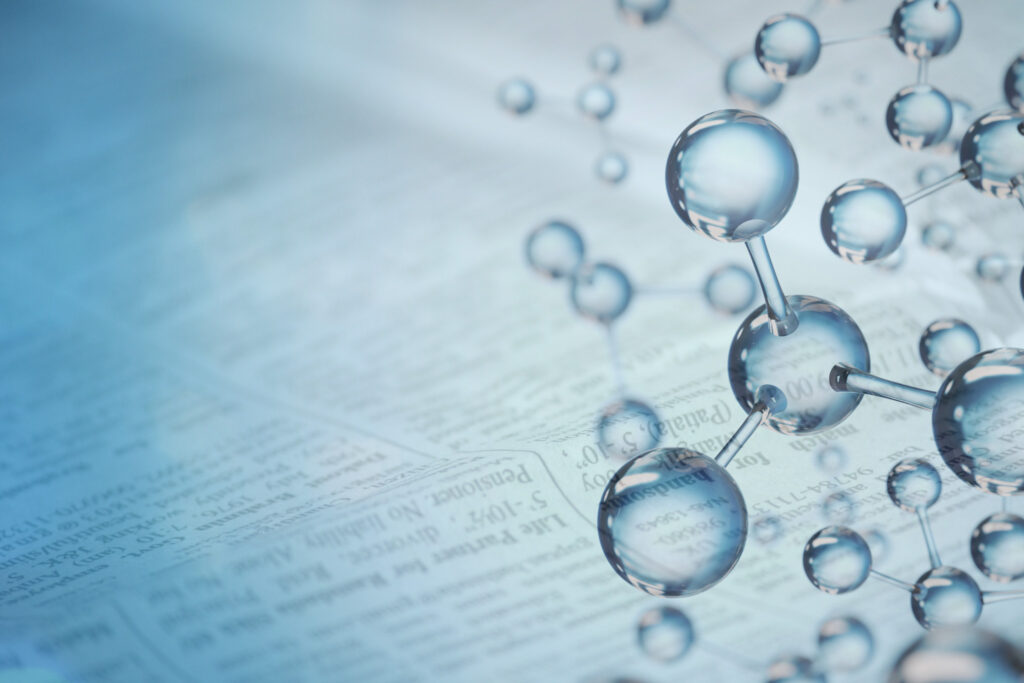Professor Stefania Chiappini, lecturer in Psychiatry at UniCamillus, shares her thoughts on an Australian study on the chemistry of falling in love
Is love a matter of “chemistry”? Absolutely! This is the conclusion of a study published in the journal Behavioural Sciences by researchers from the University of Canberra, the University of South Australia and the Australian National University.
The researchers analysed the emotional responses of 1,556 young adults who claimed to be in love: the result showed that when you are in love, your “brain chemistry” literally changes. In particular, the study looked at what is known as the BAS, or Behavioural Activation System, which is linked to the dopaminergic circuits of reward, motivation, and pleasure (i.e. romantic satisfaction). The BAS is what triggers what is known as “romantic love”, the emotional intensity felt especially at the beginning of a relationship, which includes choosing a partner, courtship, sex, and establishing a couple’s bond. The BAS is translated into cognitive activity (idealization of the partner, concern for him/her, frequent thoughts directed towards the loved one), emotional activity (sexual desire, sadness when the relationship is not going well) and behavioural activity (seeking physical contact, gestures towards the loved one). The main “culprits” of this amorous upheaval are oxytocin (the euphoria hormone) and dopamine (a neurotransmitter linked to pleasure and reward).
Oxytocin: the love hormone
We spoke to Professor Stefania Chiappini, lecturer in Psychiatry at UniCamillus.
“Oxytocin, commonly known as the “love hormone”, is produced in the hypothalamus and released into the blood by the pituitary gland”, explains Chiappini. “It is an essential hormone for childbirth and lactation, and its levels seem to increase when you hug someone. It also promotes positive feelings, a sense of well-being, satisfaction, and trust, reduces stress and anxiety, stimulates feelings of tenderness and warmth, and plays a role in maintaining long-term bonds. Low levels of oxytocin have been associated with symptoms of depression, including postpartum depression”. The oxytocin phenomenon is a true virtuous circle: in practice, the hormone causes an action that stimulates its own release. “For example, in breast-feeding the mechanoreceptors of the nipple and cervix are activated, creating a positive feedback loop that leads to further oxytocin release in the brain”, explains our expert.
Dopamine: the pleasure chemical
Dopamine is often referred to in popular culture as the “pleasure chemical”. Not surprisingly, it is “one of the most important neurotransmitters in our bodies, released by the hypothalamus and associated with desire, reward and euphoric states“, says Professor Chiappini. “Dopamine signals the perceived motivational importance (i.e. the desirability or undesirability) of an outcome, which in turn drives the organism’s behaviour towards or away from achieving that outcome”. Everything about emotions involves dopaminergic circuits. “This system also involves the limbic system, the emotional heart of the brain, with the amygdala and hippocampus, which record the memory of this emotion and its intensity, and the nucleus accumbens, which is particularly involved in the reward circuit”. The brain areas involved in this circuit host oxytocin receptors, which play a fundamental role in making social interactions pleasant.
Gender differences in the chemistry of love
Are there differences between men and women in the functioning of these “love chemicals”? “Absolutely”, confirms Chiappini. “Women tend to have higher levels of oxytocin, which is often associated with empathy and social bonding, while men may have higher levels of dopamine, which is involved in motivation and pleasure”. Women’s levels of these substances can also change during different stages of life, such as pregnancy or lactation, to support the mother-child bond and maternal behaviour. In men, on the other hand, “oxytocin levels can increase in response to affiliative behaviour, such as hugging or physical contact with a romantic partner”, our lecturer explains. “Men tend to show a greater dopamine response to rewarding stimuli, such as food, sex and rewarding activities. Women, on the other hand, may have a more pronounced dopamine response to social and relational stimuli, such as receiving compliments or feeling appreciated”.
The psychobiological system of falling in love according to age
Differences in the production of these substances are not only evident between the sexes, but also at different ages. “During puberty, hormonal changes affect the dopamine response, contributing to the mood swings and search for new experiences that are typical of this period of life”, Chiappini concludes. “With age, there may be changes in hormone levels and sensitivity, including oxytocin and dopamine. In women, menopause can affect hormone levels, leading to mood swings and changes in sexual desire, which may also be related to changes in dopamine and oxytocin. In men, ageing can affect sexual function and desire, which may be linked to changes in dopamine levels”.


